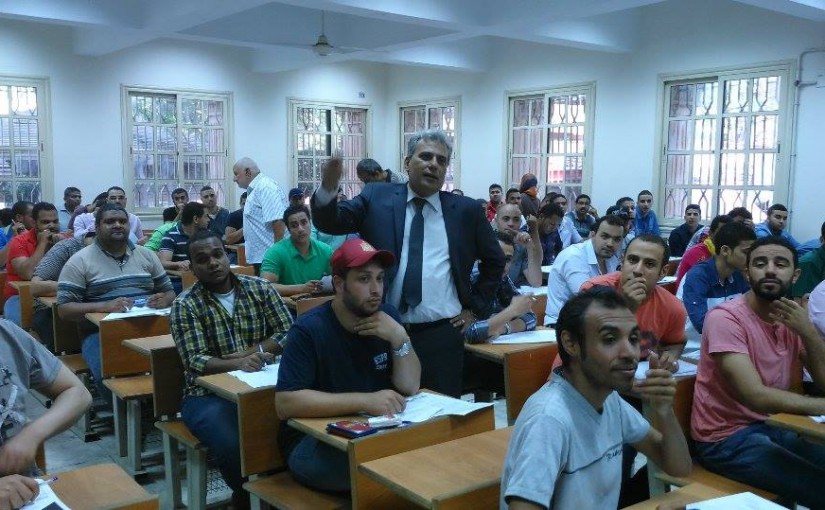Teaching has increasingly become more difficult with time and student success is falling at an alarming rate.
Based on research, below are listed 7 of the most common challenges faced by teachers today:
- Inspiring students to be more self-directed
Teachers are having a tough time getting students to be more self-directed. They are looking for a way to ease the pressure of students by keeping them interested and making sure that lesson practices and the homework delivered is fun, accessible anywhere, targeted to improve their weaknesses and ensuring that learning takes place in a more conducive, less-tense, less-pressured environment.
- Improving Learning Outcomes
Designing Learning Outcomes that mean something and are an effective way to measure student potential and success is a big challenge. Meeting those learning outcomes and having solid indicators to prove this, all the while easing the paperwork and the excel sheets of the teachers have become unthinkable. Even if these are done well, teachers still don’t get that 360° view of how good their students are as a whole. In addition, finding the right way to automate this process in such a way that real time results are what’s needed is of prime importance.
- Differentiating and personalizing teaching
What works for one student, does not work for another. Teachers have recognized this but have very few ways to test and make sure that different skill levels are being evaluated. A new wave of assessments and how teaching is conducted is important. Newer question types, media-enhanced exams and the like are what teachers are looking for; diversifying teaching and keeping it simple at the same time is a balance that is hard to find.
- Getting students to do their work outside the classroom
What students do at schools is just a fraction of the effort that needs to be put in for academic success. With this in mind, teachers have the extra added pressure of having students put in the extra effort outside of the classroom. Students still have found no proper incentive to deal with this issue. Teachers are looking for a way that they can encourage students to learn while they’re having fun and not make it seem like pursuing knowledge is a tedious task.
- Finding the time to keep up with administrative tasks
It takes a lot of time and work to come up with curriculum, teach, be engaged with classrooms, come up with questions for assessments, spend time(and sometimes weekends) correcting and grading these assessments, and then having to spend hours filling out reports, analysis, strengths, weaknesses and other performance indicators. Teachers are looking for ways to be eased of this burden so that they can focus on teaching and promoting the importance of education and learning.
- Understanding Changing Technology
With the advance of the internet and changing technology, teachers have been finding it hard to find easy yet effective systems and platforms to run their classrooms.
- Parental Involvement
Having the parents of students informed and involved is one major area that teachers and admins are having a hard time to keep up with. Teachers are looking for an easy way to have parents be a part of their child’s journey and have a good understanding of their skills and monitoring their performances on a regular basis.
We at SwiftAssess understand these issues. SwiftAssess was developed by educators, for educators. Designed to be a 360°, 24/7 all-round assessment platform for student performances, SwiftAssess gives teachers the best options for authoring, delivering and tracking assessments.
With over 20 Question Types to test skills in any field, in depth analytics at the click of a button, automated grading, structured program organization and multi-platform delivery, SwiftAssess gives you everything you need to smoothly and efficiently run your classroom tests.
Check out SwiftAssess for Teachers and Instructors
Until next time,
Team SwiftAssess
Share this post


